According to the British Hedgehog Preservation Society (BHPS), hedgehog populations have declined by up to 50% in rural and 30% in urban areas since 2000. Learning to detect these nocturnal visitors in your garden is the first step toward supporting their conservation.
Understanding Hedgehog Behavior
Hedgehogs (Erinaceus europaeus) are naturally nocturnal mammals, typically active between dusk and dawn. The Royal Horticultural Society (RHS) notes that they prefer gardens with diverse vegetation, including:
- Natural hedgerows
- Dense undergrowth
- Leaf litter
- Wild corners with native plants
Five Key Methods to Detect Hedgehog Activity
1. Listen for Distinctive Sounds
Hedgehogs produce a variety of vocalisations that can help identify their presence:
- Foraging sounds: Light snuffling and grunting noises, similar to pig-like sounds
- Mating calls (May-July):
- Males: Loud snorting and circling behaviour
- Females: Responding with softer chirps
- Hoglet sounds (June-September):
- High-pitched squeaking
- Chirping when feeding
- Distress calls that sound like loud piping
2. Identify Hedgehog Droppings
Any naturalist will tell you that you can learn an awful lot about an animal from its poo. And hedgehogs are no exception.
The poo of a healthy hog is about an inch long, bullet-shaped and black and shiny. The black and shiny bit comes from all the beetles they eat. If you look closely you may see bits of beetle in the poo.

Take a look at our guide to hedgehog poo to understand what your hogs poo is telling you. The People's Trust for Endangered Species (PTES) describes hedgehog droppings as having these characteristics:
- Size: 2-5cm long
- Shape: Cylindrical, typically bullet-shaped
- Colour: Dark black or very dark brown, often with a glossy appearance
- Content: May contain visible insect fragments, particularly beetle shells
- Location: Often found in open areas of the garden, not buried
Health Indicator: Changes in dropping consistency or colour can indicate health issues. Contact your local hedgehog rescue if you notice:
- Loose or green droppings
- Mucus-covered droppings
- Very pale or very dark droppings
3. Track Identification
Hedgehogs have quite distinctive tracks. Five fingers on the front paws and five much longer toes on the back.

The Mammal Society provides these specifications for hedgehog tracks:
Front paws:
- Five toes in a spread pattern
- Width approximately 2.2-2.5cm
- Clear claw marks are visible in soft ground
It's worth getting to know the tracks of the animals that visit your garden. Here’s a handy guide from the RSPB. You can make a footprint trap or tunnel near your hedgehog house, or hedgehog highway as an easy way of seeing exactly who has passed through during the night.
Hind paws:
- 5 longer toes
- Width approximately 2.4-2.8cm
- Longer impression than front paws
Creating a Track Trap:
- Smooth a patch of damp sand or soft soil
- Place it near suspected hedgehog routes
- Check for impressions in the morning
- Consider using non-toxic tracking powder for clearer prints
4. Identify Movement Patterns
Look for these signs of hedgehog activity in your garden:
- Travel corridors:
- Small tunnels through vegetation (12-15cm wide)
- Flattened grass in regular patterns
- Gaps under fences or walls
- Regular pathways through longer grass
- Nesting evidence:
- Collected leaves and grass in sheltered spots
- Disturbed leaf piles
- Activity around compost heaps
- Movement near garden structures
5. Using Wildlife Cameras
Modern trail cameras offer excellent opportunities for hedgehog monitoring:
Recommended features:
- Motion detection sensitivity
- Infrared night vision
- Weather resistance
- HD video capability
- Sound recording
Optimal placement:
- 30-45cm above ground
- Aimed at likely hedgehog paths
- Near feeding stations or hedgehog houses
- Away from artificial light sources
Creating a Hedgehog-Friendly Garden
To encourage hedgehog visits, the Wildlife Trusts recommend:
- Create access points:
- 13x13cm holes in fences
- Remove bottom bars from gates
- Connect gardens with hedgehog highways
- Provide natural food sources:
- Plant native species that attract insects
- Maintain wild corners
- Avoid using pesticides
- Offer supplementary food and water:
- Fresh water daily
- Cat food (meat-based)
- Specialised hedgehog food
- Never feed milk or bread
- Create shelter opportunities:
- Log piles
- Leaf piles
- Purpose-built hedgehog houses
- Dense undergrowth
Conservation Importance
The State of Britain's Hedgehogs 2022 report highlights the critical need for garden-based conservation efforts. By monitoring and supporting hedgehogs in your garden, you contribute to citizen science and conservation efforts.
Once you know they are there you have the opportunity of helping them, by leaving out food and water, offering a nesting box, creating a highway and making your garden hedgehog friendly.
Additional Resources
For more information and support:
- British Hedgehog Preservation Society: www.britishhedgehogs.org.uk
- Hedgehog Street: www.hedgehogstreet.org
- The Wildlife Trusts: www.wildlifetrusts.org
- Local hedgehog rescue centres (contact information varies by region)
Remember to record your hedgehog sightings on the Big Hedgehog Map to support ongoing conservation research and monitoring efforts.
To find out more about hedgehogs and how to help them visit Hedgehog Street.
We hope you’ve enjoyed this article and found it useful. If you have questions or suggestions we would love to hear them.
Leave us a comment below.
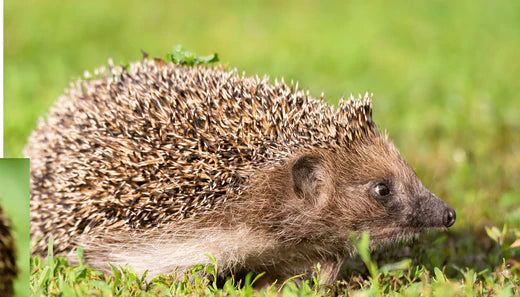
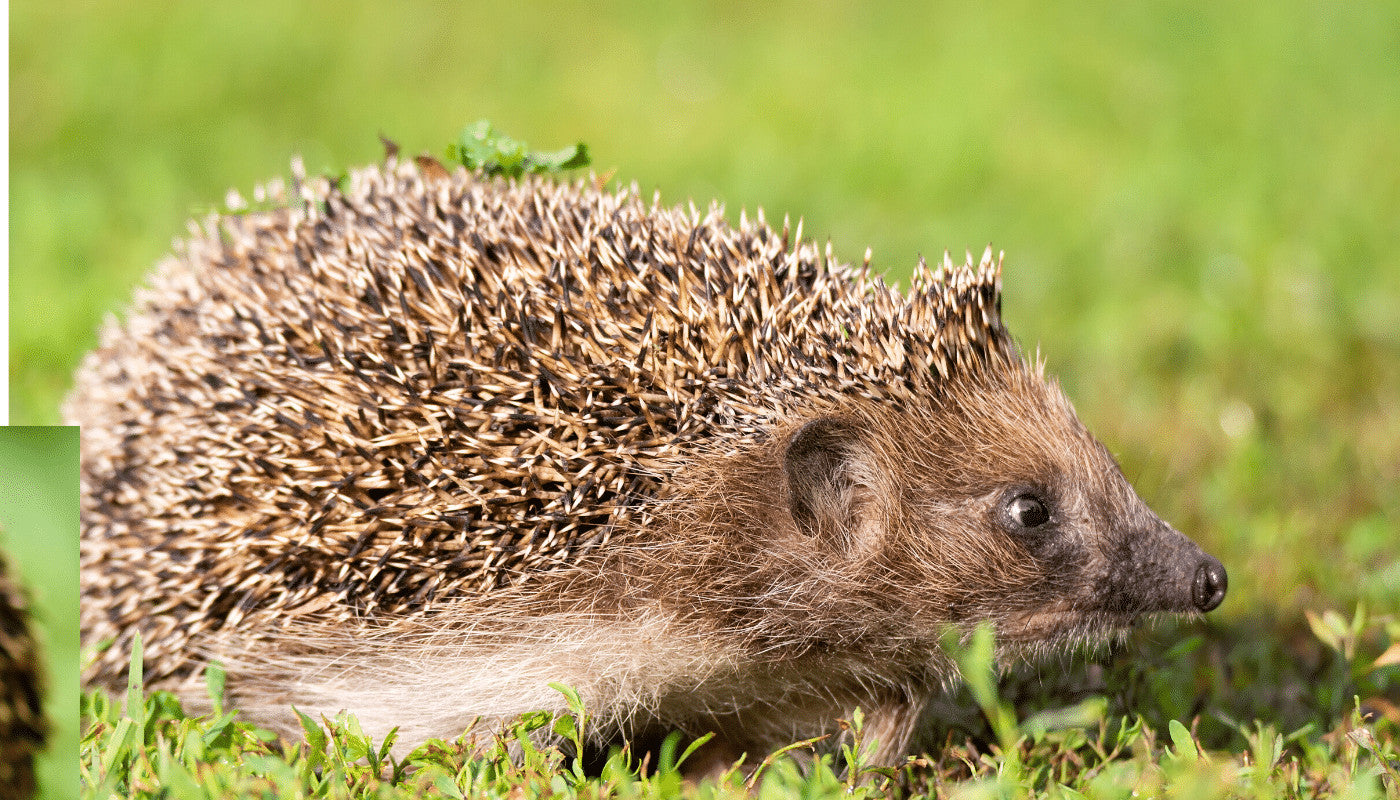
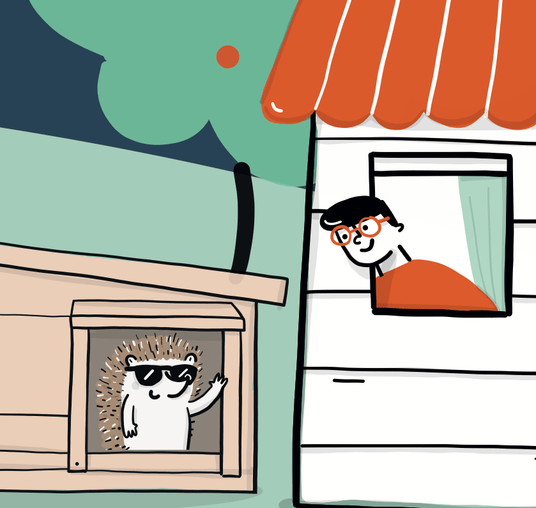
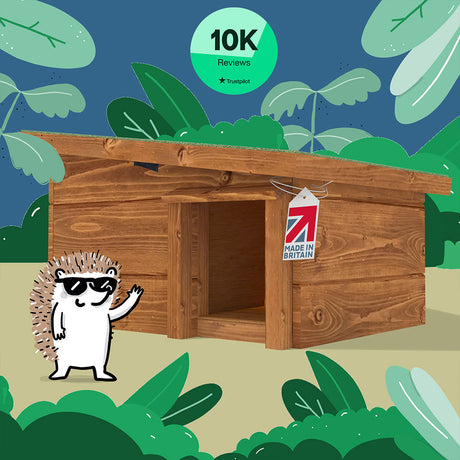
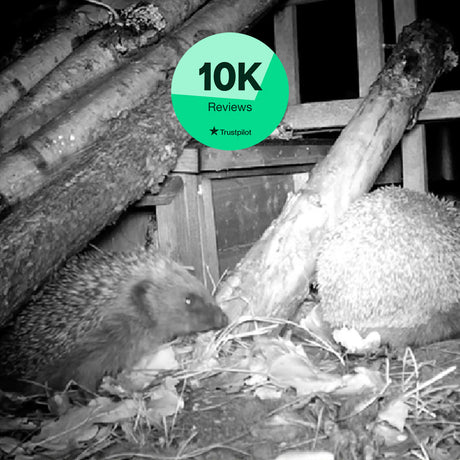
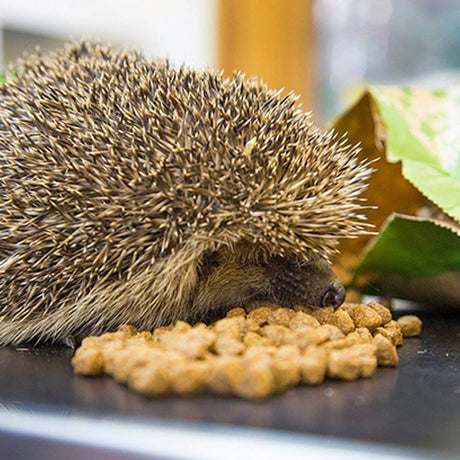
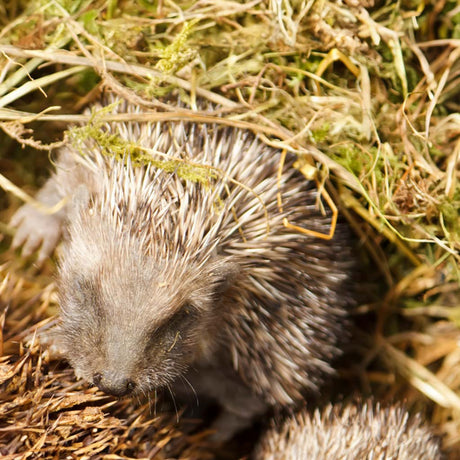
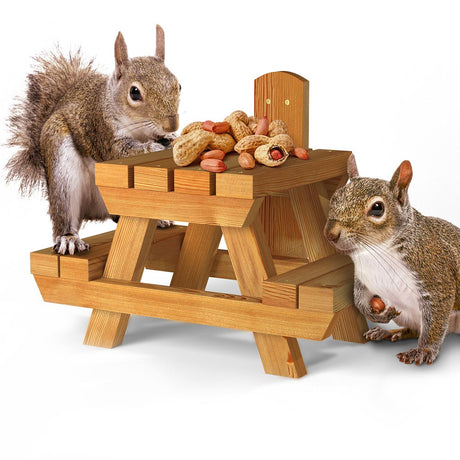



4 comments
I had a mother and two little ones visit my garden but haven’t seen them lately. Is it two for them to hibernate.?
I took down a shed a few months ago, I staked it up at the waited till the weather got better to remove the old shed and build the new one.
I started removing the old shed and came across a hedgehog sleeping. I put the panel back not to waken it up. (I did see it breathing)
I just don’t know what to do now.
I can make a house for it out of the old shed. What do they like best to sleep in.
P.s
I am really happy that I have a small friend in my garden.
We’ve 15 years of garden rubbish stored at the back of garden. I’ve seen tunnels but have to start to bag it all up now. I don’t want to disturb anything
We have just moved and would love to attract the hedgehogs into our small garden, brought the hedgehog house, a camera if anyone could recommend one, we have a gap under the back gate (think its enough space to squeeze under. Many thanks for this site.